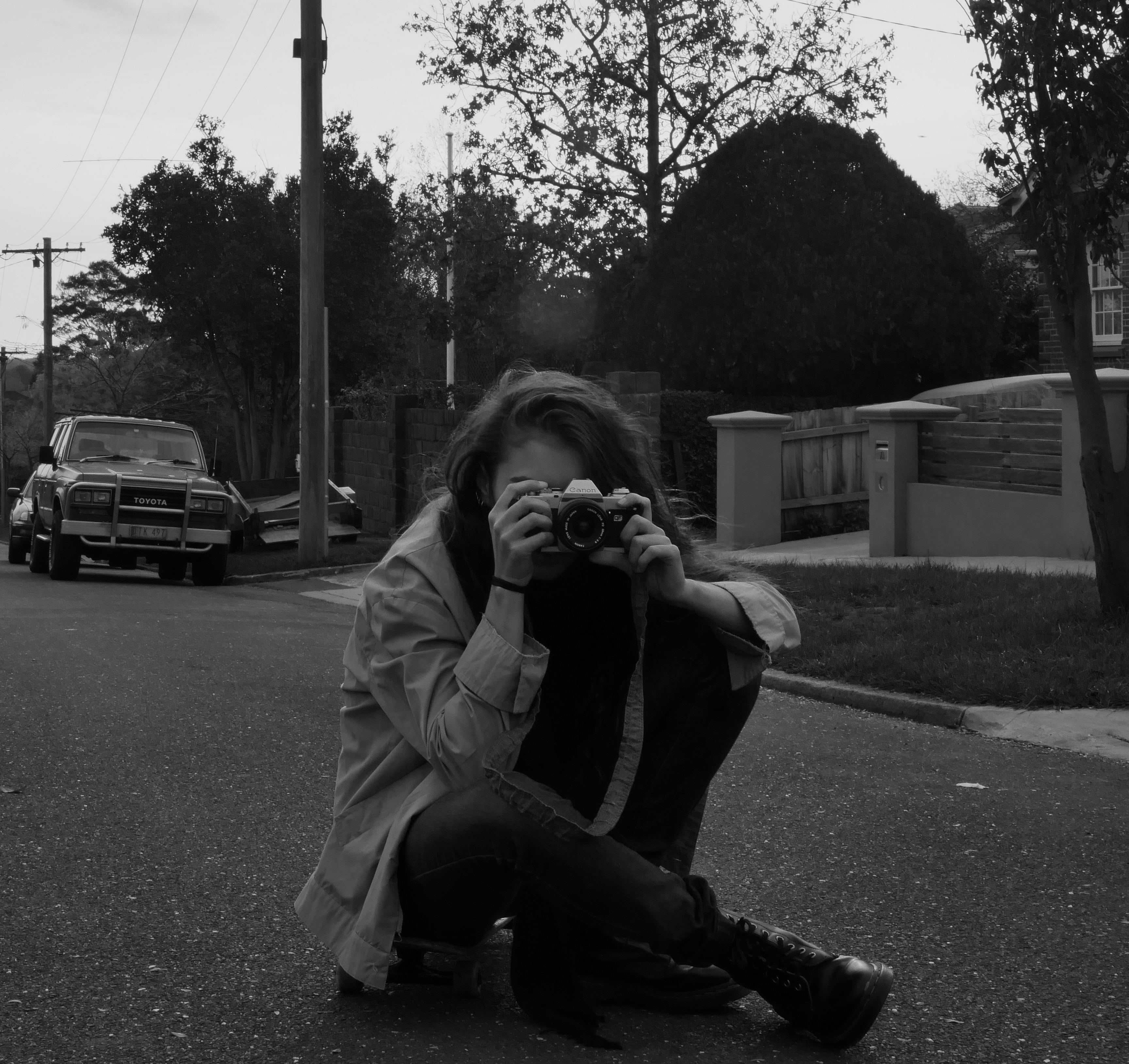Week 7 – Readings ‘Non-Narrative Documentary’ (18/04/2016)
An in depth analysis on Non-narrative documentary storytelling was the focus during this weeks (Week 7, 19th-23rd of April) reading and lectorial. The reading was an extract on Non-narrative documentary: ‘Non-Narrative Documentary’ film in D. Bordwell and K.Thompson, 2006, Film Art: An Introduction, pp. 342-370.
As a brief reflection I will highlight certain aspects of the reading that introduced new terminology, it can be noted that there are two types of categories that fall into documentary film making one being ‘Categorical form’ and the other being ‘Rhetoric form’. The latter is created with an argument in mind whereas the first is more simple and factual. Obviously information is important as we enter into project brief four which will not only focus on collaboration (as discussed within the lectorial) but also skills involved in documentary media making. It’s quite interesting to see how the mise-en-scene develops depending on which form you choose to take, in fact ‘argumentative’ documentary film-making can be seen and sometimes is a form of propaganda as generally there is a major media biased involved weather that be either political, economical or environmental ect.
I found Bordwell and Thompsons views on types of form on abstract film an interesting discussion. The film as a whole is generally organised around colours, shapes, sizes and movements within the images. This doesn’t have to be linear in order to create a message (which can be generally open to interpretation). Although for this task our pieces must be must more structured in the ways of research, narrative and argumentative.
